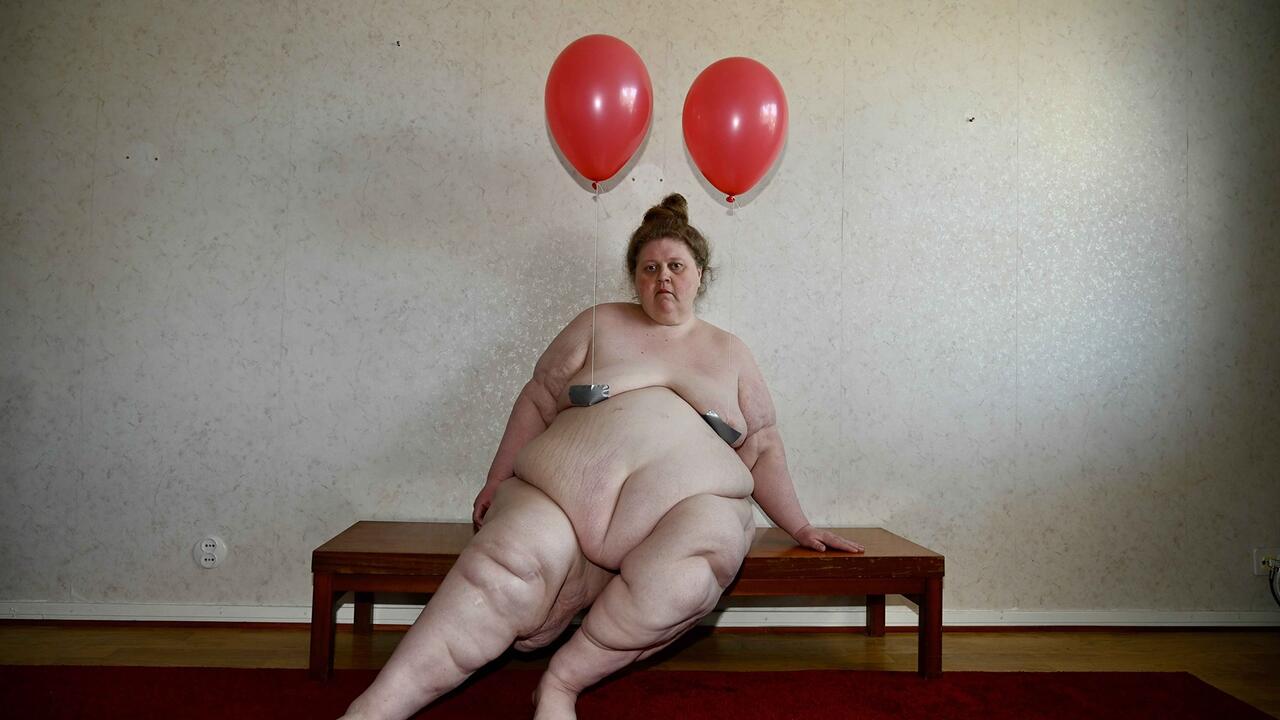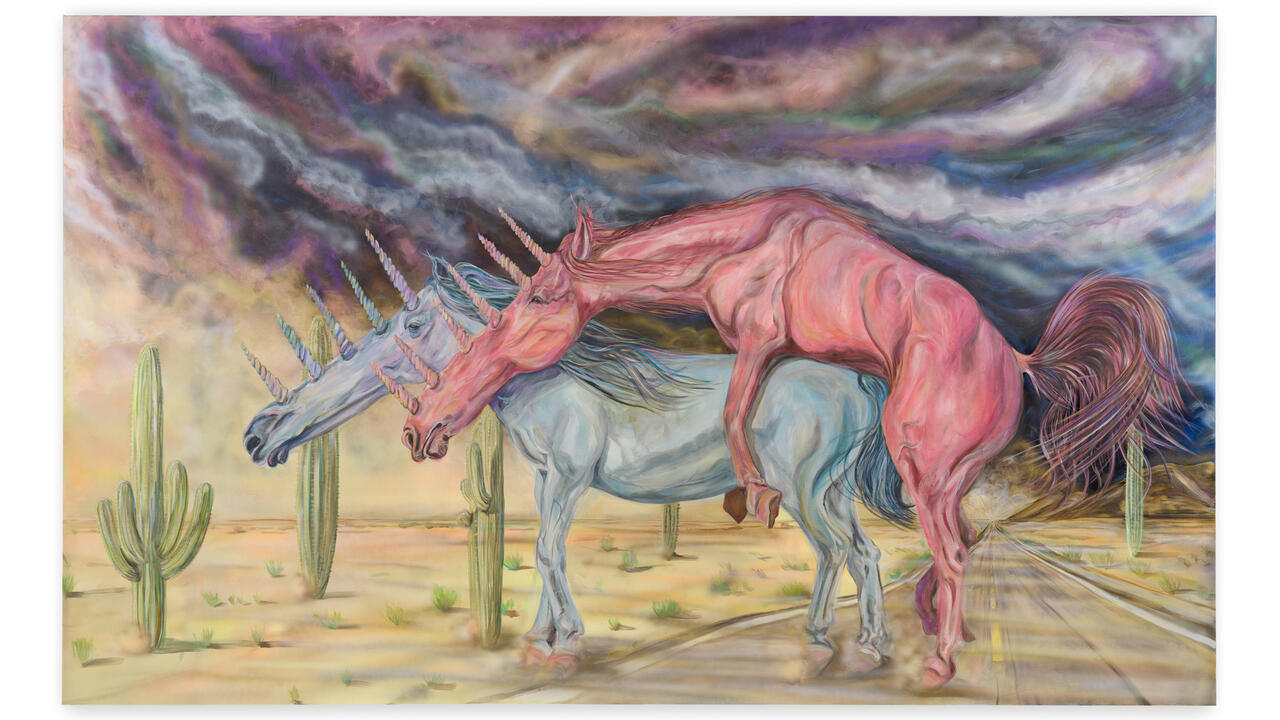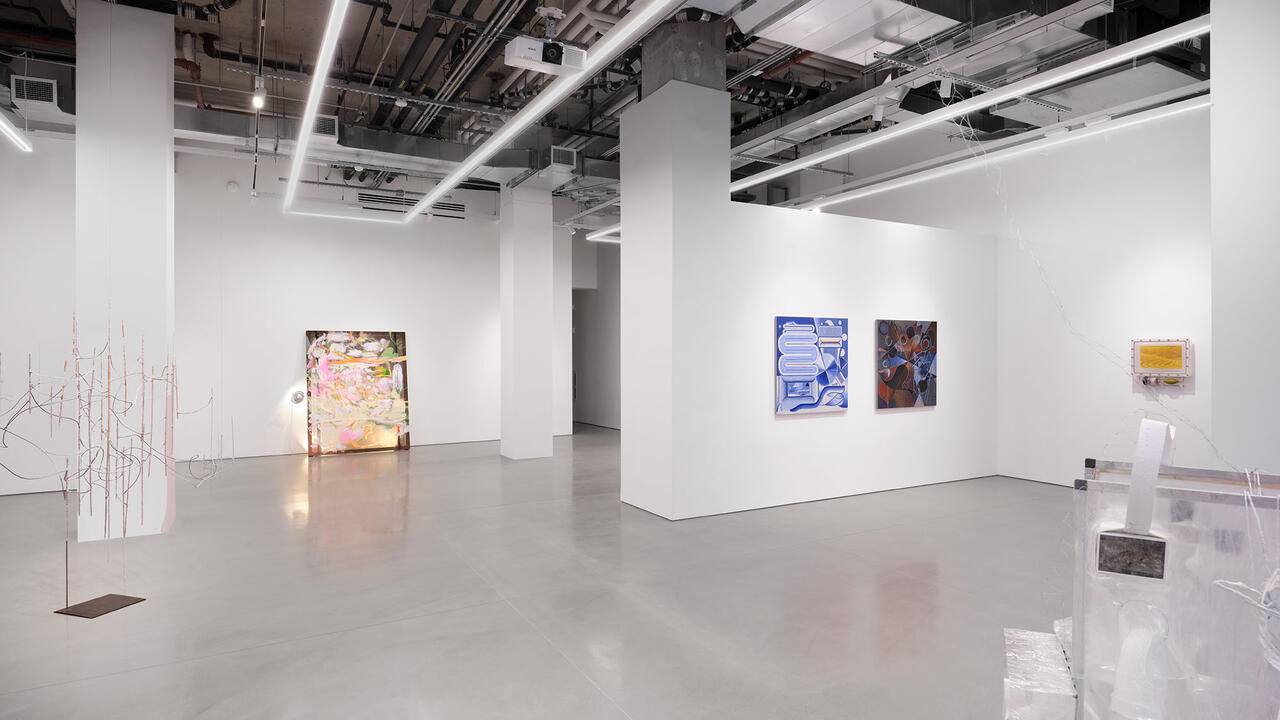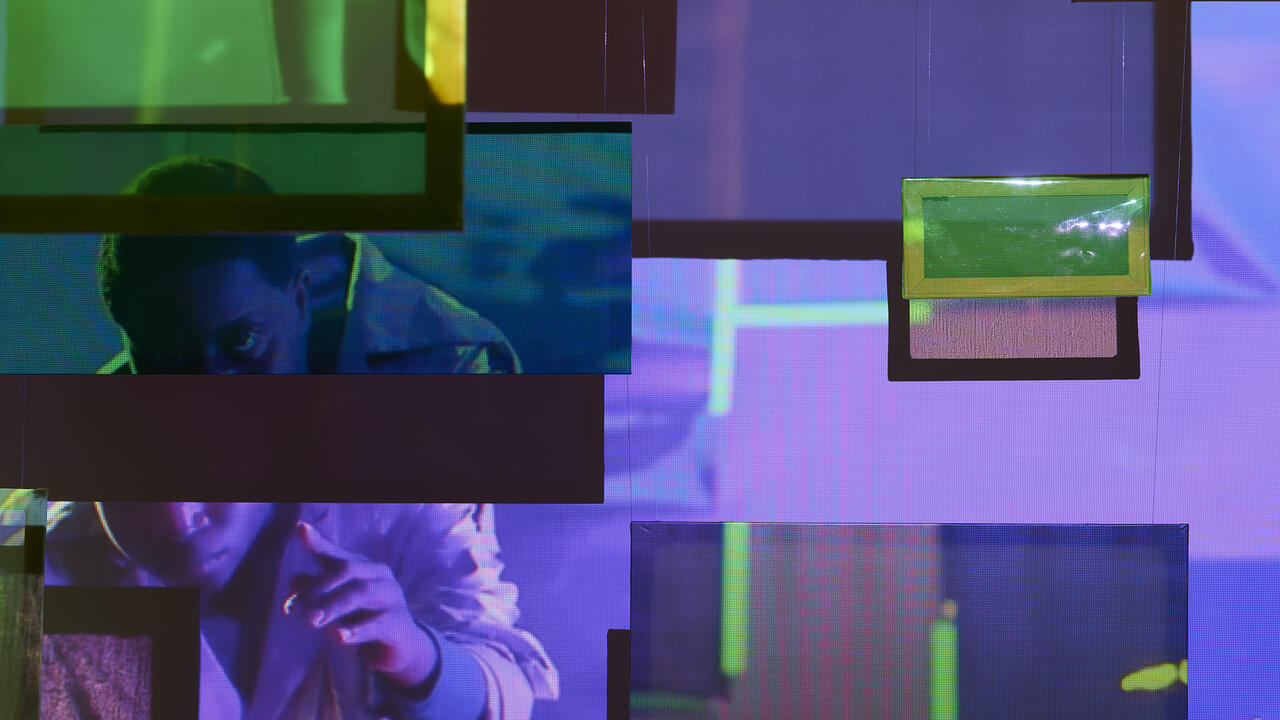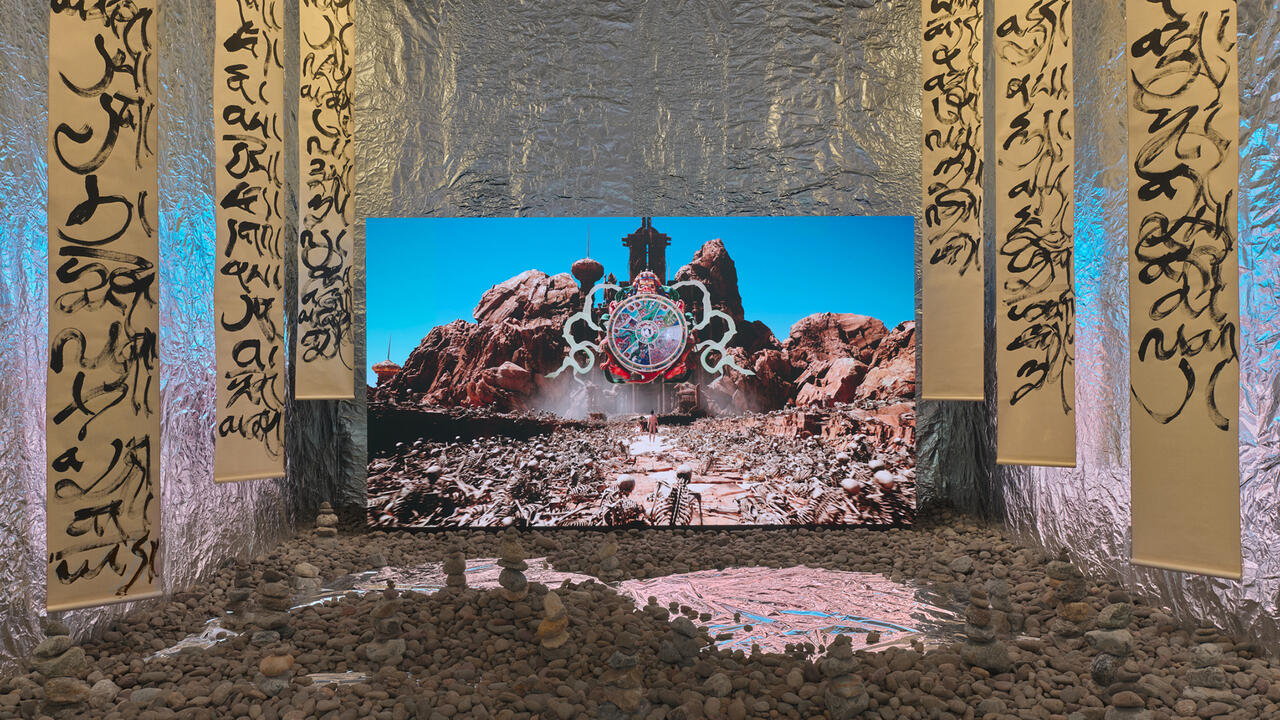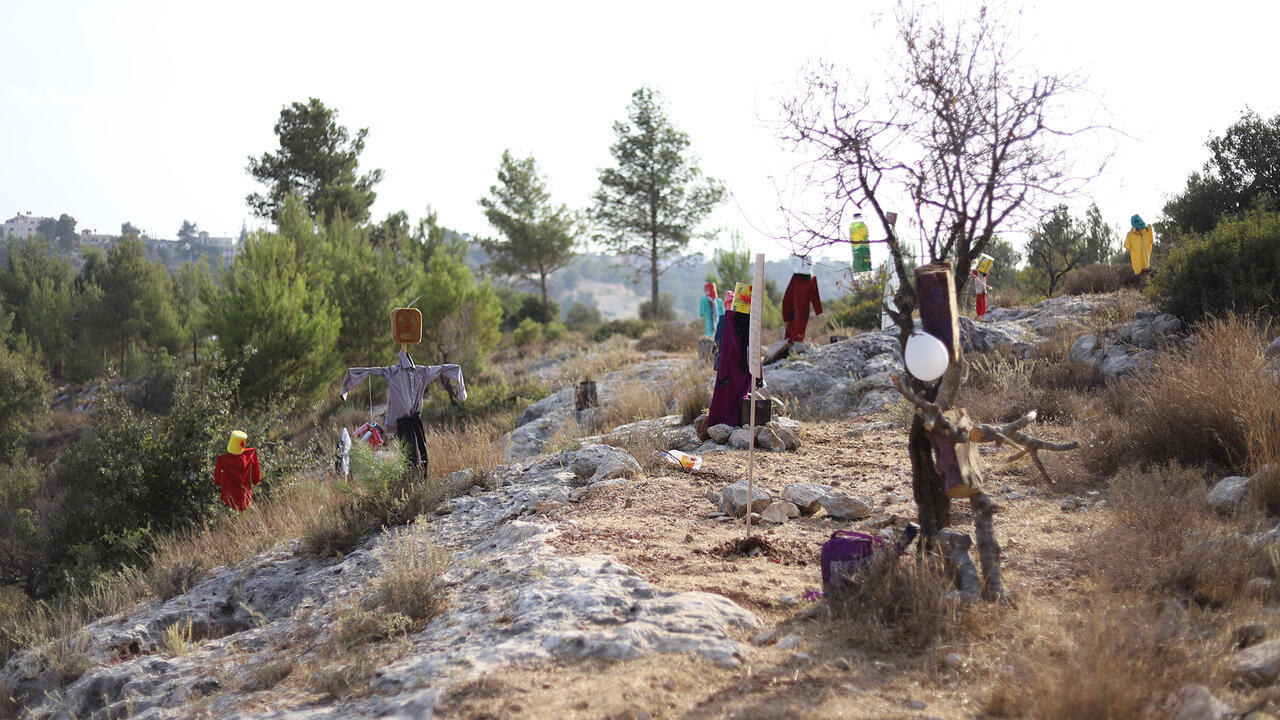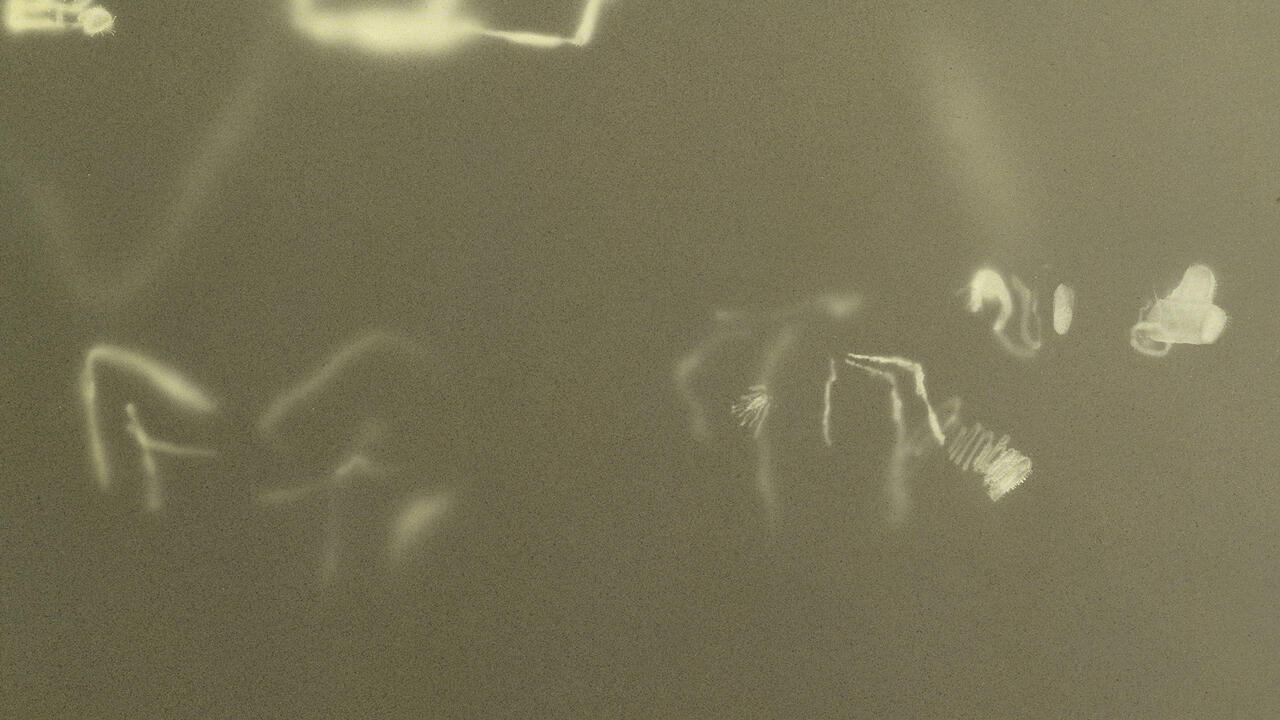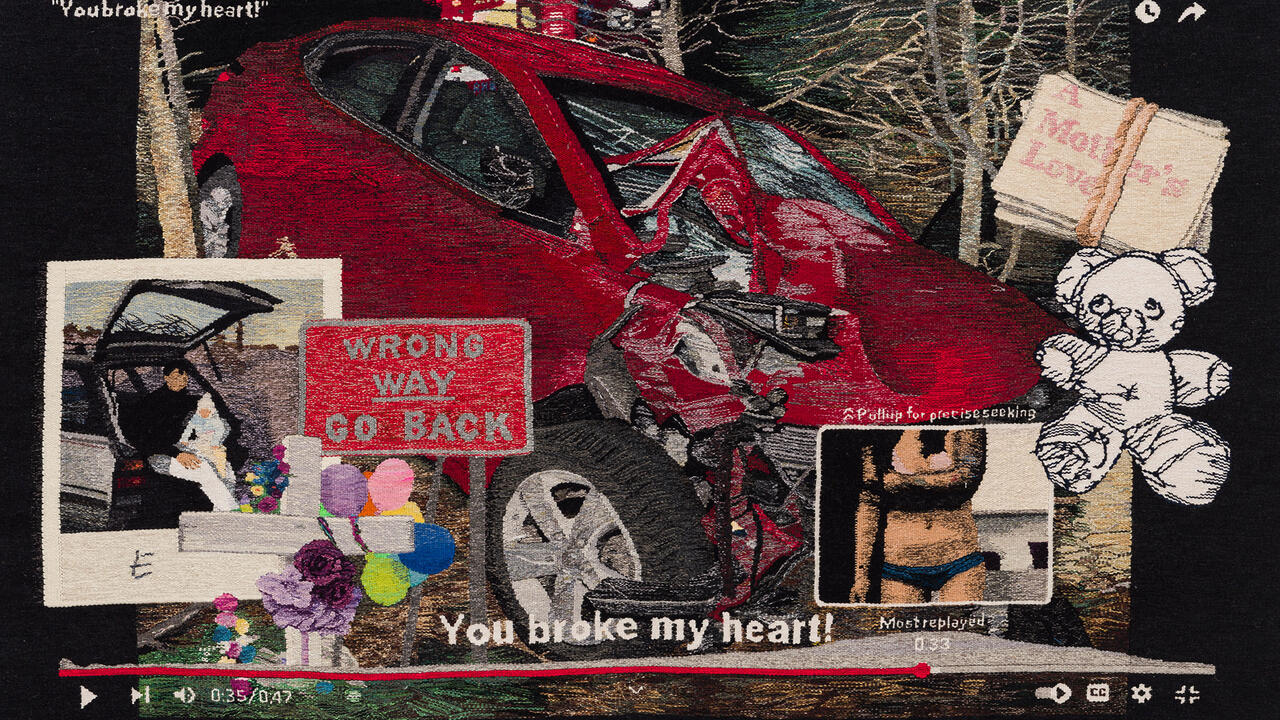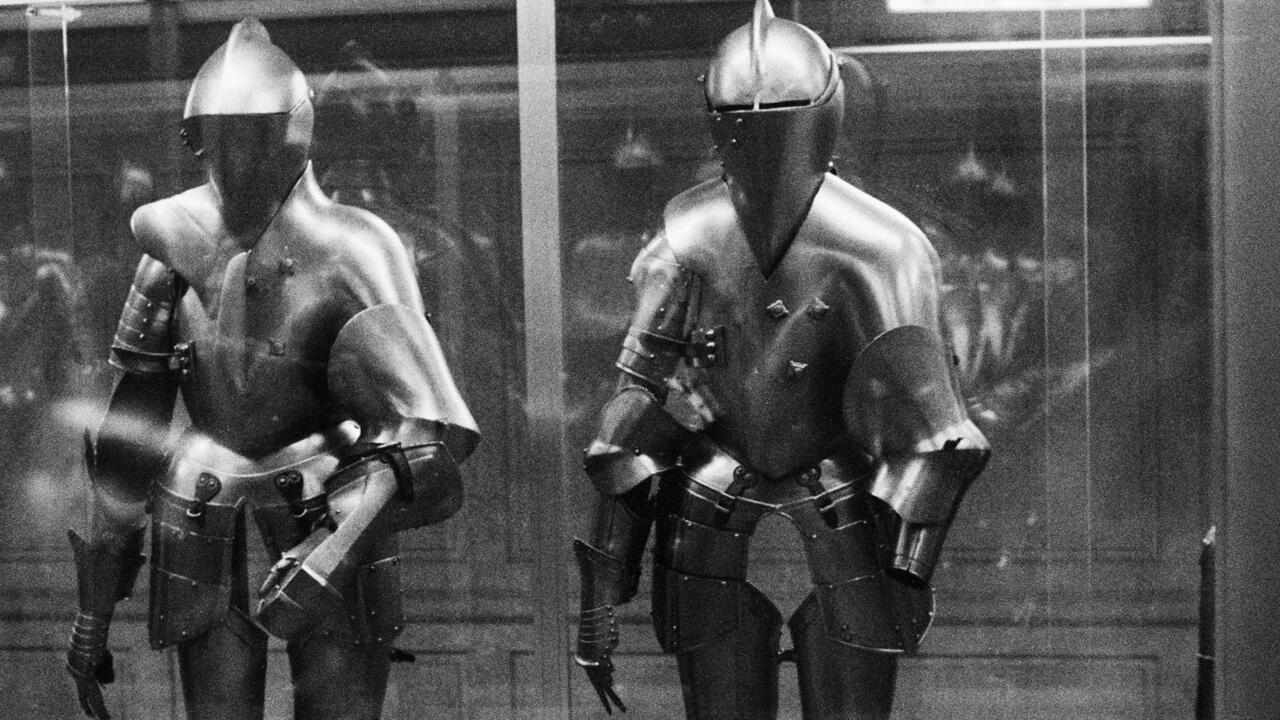How David Robilliard Merged Poetry and Painting
At Ortuzar Projects, New York, an exhibition explores the artist’s multidirectional storytelling
At Ortuzar Projects, New York, an exhibition explores the artist’s multidirectional storytelling

British artist and poet David Robilliard's ‘Works: 1984 – 1988’ – the artist's first show in New York since 1990 – is now on view at Ortuzar Projects in New York. Robilliard, who was the subject of a career-revitalizing exhibition at the ICA London in 2014, shifted his writing practice from the ream to the canvas in the early 1980s after encouragement by his friends, the British duo Gilbert & George. (His practice beforehand consisted mostly of books and postcards.) A self-taught poet from Guernsey, England, Robilliard brought image and text together in a series of ‘poem paintings’ – large canvases combining tender, capricious and tragicomic verses with angular, line-drawn portraits. Some show friends, some strangers. The words in Robilliard’s paintings, as well as numbers and his signature, bear the same pictorial weight as the figures themselves; they are short narrative fragments that appear to hover on the white canvas and dose their reader with quick spurts of unbidden emotion, as in Person (1987):
the chameleonic
glaze
for the most part
covering
the volcano
within

The ten works on display at Ortuzar Projects refute linear readability in favour of a multidirectional storytelling in which readers learn not only about Robilliard’s life – in clubs, between ‘disposable’ boyfriends, losing his friends to AIDS – but also the ways language can be wrested from lived experience. (The artist died of complications due to AIDS in 1988.) The poems are drawn in black paint and reflect a matter-of-fact, anti-concrete approach to language, replacing the precast modes of typography with curvilinear flourishes. Even in their concision, these poems are rife with campy sexuality, riffing on language’s ability to seduce its reader by cornering her with double entendres and the playful reassurance it takes to make them. The painting You Know How To Wind Me Up (1988), for example, reads:
you know how
to wind me up
you know how to
calm me down
you know
As Barthes reminds us, in somewhat constipated prose, that hand-drawn words are ‘gestures,’ ‘scraps of an indolence, hence of an extreme elegance; as if there remained, after writing, which is a powerful erotic action, what Verlaine calls la fatigue amoureuse: that garment dropped in a corner of the canvas.’ This same erotic charge infuses Robilliard’s words and his coy, minimal figures. In You Know, two men’s bodiless heads turn away from one another; sometimes a leather collar is included, a growing bulge in their trousers, but not much more: garments dropped. In another, Too Many Cocks Spoil The Breath (1987), two figures stare at one another, close-lipped, with the phrase ‘too many cocks’ written vertically between them. A single bang of hairs stands erect from the head of the man on the right, providing the otherwise dogmatic ‘advice’ this painting proffers with sexual tension, and a little relief.

The paintings are accompanied by three vitrines which display Robilliard’s prolific poetic output – books, ‘boxes of poems’, postcards – as well as images of the artist with Gilbert & George and others from the ‘80s London queer scene. Several drawings call attention to Robilliard’s method, in which one person’s body might morph, before it’s finished, into another’s. In seeing these, Robilliard’s mode of poetic conjuring becomes clear, asking the world into which these words and bodies are borne, a world full of death and because of that, full of intimate pleasures, a simple question: why not try to stop the world, for a moment, for a little love and friendship?
David Robilliard, 'Works: 1984 – 1988' runs at Ortuzar Projects, New York, until 2 March 2019.
Main image: David Robilliard, Are You a 3 Second Thrill (detail), 1987. Courtesy: Ortuzar Projects, New York










